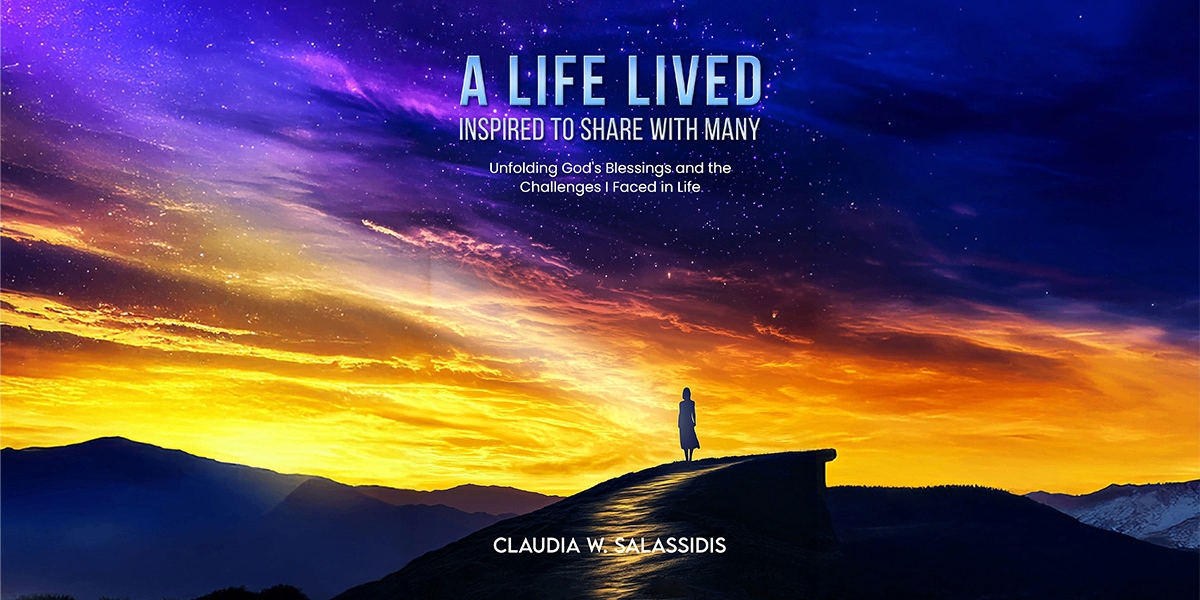As concern surrounds the expiration of the International Space Station and its assistance in aiding research and human cooperation in space, a new space station in development will be able to replace it and shape the growth of our future in space.
Airbus and Voyager Space, helmed by CEO and Chairman Dylan Taylor, are joining forces to create Starlab, a commercial space station intended to facilitate research. Starlab is designed to match the capacity of the International Space Station, as the National Aeronautics and Space Administration (NASA) looks to move to commercial space stations by 2030. Starlab is set to launch in 2028 with clientele ranging from NASA to researchers and further commercial interests.
In 2021, NASA awarded Voyager, along with its operating company, NanoRacks, a US $160 million Space Act Agreement. The award was granted with the purpose to create a continuously crewed free-flying space station to replace the ISS.
“Our vision is to create the most accessible infrastructure in space to serve the scientific community,” says Chairman and CEO of Voyager Space Dylan Taylor. “This partnership is unique in that it engages international partners in the Commercial Destinations Free-Flyer program. Working with Airbus we will expand Starlab’s ecosystem to serve the European Space Agency (ESA) and its member state space agencies to continue their microgravity research in LEO.”
Airbus Defence and Space will support by offering technical design and expertise for creating the Starlab space station. The goal of the station will be to serve as an on-orbit lab for astronauts to undergo investigations and advance scientific discovery. Starlab is also designed and architecturally developed to provide 100 percent of the International Space Station’s payload capacity and will serve as the home of the George Washington Carver Science Park, the first science park in space. Scientists will be able to collaborate, innovate, and further their studies with the ability to perform hundreds of experiments and technical investigations each year, picking up the pace where the expired ISS will lead off.
The station will also be continuously crewed and can hold up to four astronauts simultaneously. Starlab’s capabilities will include research, science, and manufacturing. The station is also a collaboration effort from Lockheed Martin as manufacturer, technical integrator, and NanoRacks, experienced in commercial spacefaring. NanoRacks currently has a commercial airlock, the Bishop, on the International Space Station.
The partnership between Voyager and Airbus speaks to the willingness of those involved to continue making the exploration of space a global effort. Dylan Taylor goes on to thank NASA for their support; “Thank you to NASA and our US government partners for their steadfast support of our efforts to build a commercial destination in LEO that serves the US and international research community. We want Starlab to be the platform of choice for customers around the world. Today’s partnership with Airbus provides the potential for significant continued US and European access to space.”
According to Dylan Taylor, this partnership also hopes to alleviate the woes of the European taxpayer paying money directly to private American companies by instead putting a European company in a position to leverage its tools and ability.
Jean-Marc Nasr, Executive Vice President of Space Systems at Airbus Defence and Space, also reflected on how the partnership with Voyager Space is “the first step toward fielding the next generation of space stations to serve international astronauts. We are excited to support a project aimed at changing history.”
While the new space station is in the making, its presence to replace and revitalize research in space exploration and its sciences allows us to realize an even greater threshold for what is possible in space exploration and the knowledge of our universe.









